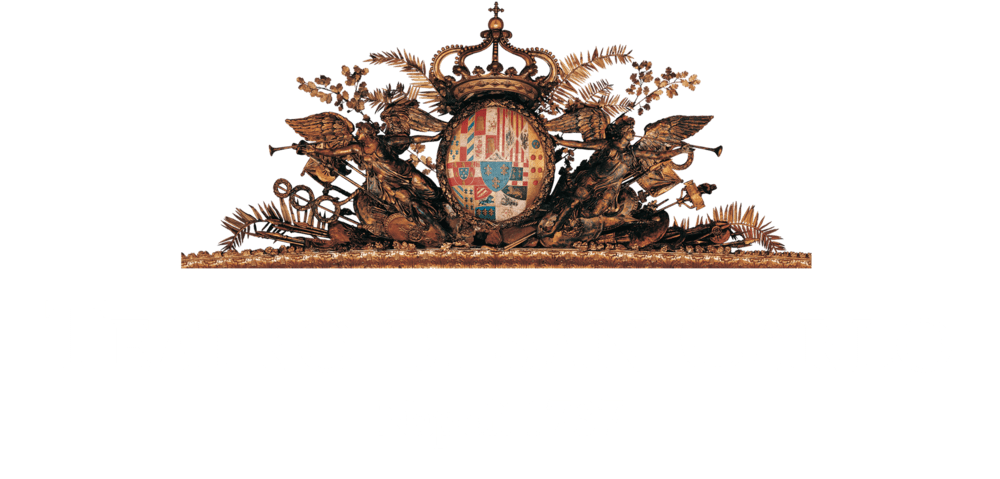Naples, 2025
This Week in Classical Music: March 24, 2025. Naples. Final week we promised to get again to the music-related impressions of our current travels. We must always state upfront that they had been considerably disappointing. Classical music shouldn’t be being performed in Italy as typically as one would hope (and anticipate), both stay in live shows or on the radio. Of all of the cities we visited, the one with the richest musical custom was Naples. Naples is a really previous metropolis, going again to the Greek settlement within the 6th century BC, however the historical past of classical music is way shorter, so these two intersect within the Kingdom of Naples within the 15th century when the King’s chapel had extra musicians than another court docket in Italy. That was additionally the time when Tinctoris, a well-known composer and music theoretician, stayed with the court docket. Early within the 16th century, the Aragonese Spanish took over Naples and made it a viceroyalty. Carlo Gesualdo, Value of Venosa, stayed on the court docket and influenced generations of Neapolitan musicians. The proficient Giovanni de Macque was one among them. The Royal Chapel and several other main church buildings had been vital musical facilities; then, within the mid-16th century, the primary Conservatory was created. Initially, it was a shelter for orphans the place music was one of many topics taught to youngsters. Ultimately, music grew to become a very powerful topic, and conservatories (quickly there have been 4) attracted proficient lecturers. Alessandro Scarlatti taught there briefly, as, someday later, did Nicola Porpora and Leonardo Vinci.
Opera performed an important half within the musical lifetime of Naples. The style was invented within the early 17th century in northern Italy, Venice specifically, and by midcentury Naples had common performances of operas by Claudio Monteverdi, Francesco Cavalli and others. Until 1737, the principle venue was the San Bartolomeo Theater, when the grand San Carlo Theater was inaugurated (San Bartolomeo was ultimately transformed right into a church). The primary determine within the historical past of the Neapolitan opera was, undoubtedly, Alessandro Scarlatti, who lived within the metropolis from 1679 to 1721 and composed a couple of hundred operas, of which 70 are extant. With the development of San Carlo, Naples become one of the vital vital opera facilities in Italy, with the very best firms presenting their reveals. Early within the 18th century, a brand new type was invented in Naples, that of Opera Buffa, or comedian opera. The foremost composers writing on this style had been Vinci, Scarlatti, and the younger Giovanni Battista Pergolesi, who was born in 1710 however lived solely 26 years. Pergolesi’s La Serva Padrona is usually staged nowadays. Lots of the operas had been written on the libretti of the well-known playwright Carlo Goldoni, the very best of them by Baldassare Galuppi, Niccolò Piccinni, Giovanni Paisiello and Domenico Cimarosa. Later within the 19th century, Gaetano Donizetti, a Bergamasque by delivery, lived in Naples for a few years. He was the director of the San Carlo from 1822 to 1838 and introduced 17 premiers of his works there, together with Lucia di Lammermoor.
Among the most well-known castrati had been born or educated in Naples and carried out within the operas of Porpora and Scarlatti. Among the many best-known are Farinelli, whose actual identify was Carlo Broschi, and Caffarelli (Gaetano Majorano). Metastasio, one of many biggest opera librettists of all time, had lived in Naples for years.
As vigorous because the musical lifetime of Naples was from the early 17th to the late nineteenth century, it thinned out by the 20th, at the least in its “classical” type. Nonetheless, it left a treasure trove of nice music, of which we’ll current a few samples. Right here’s the achingly lovely aria Sussurrando il venticello from Alessandro Scarlatti’s Tigrane, which premiered in Teatro San Bartolomeo, Naples, in February of 1715. And right here’s the aria Le faccio un inchino from Domenico Cimarosa’s 1792 opera Il matrimonio segreto.


